- Polka Dot Begonia: What Can You Do To Keep This Plant Healthy? - September 14, 2021
- Ficus Microcarpa: Why Is This A Must Have Plant? - September 13, 2021
- Begonia Ferox: How Long It Takes For Begoniaceae To Sprout? - August 24, 2021
Dragon Wing Begonia (Begonia x hybrida) belongs to the family Begoniaceae, a native of South America and a perennial flowering hybrid species. Growers prize this plant for its colorful flowers and lush green foliage. Its tolerance to humidity and heat makes it quite popular among growers, who constantly confused it with the Angel Wing Begonia.
These two Begonias are different plants even though they are hybrid varieties and qualify as cane Begonias. However, their leaves are crucial to identify differences since there is no variation in Dragon Wing Begonia’s leaves and Angel Wing Begonia has a frosted pattern and spots.
How to Identify Dragon Wing Begonia
Whether in sun or shade, Dragon Wing Begonia adds color to any space. As high-performance plants, Dragon Wing Begonias boast loose clusters of bell-like, exotic pink or red blooms framed by wing-shaped, glossy leaves. These beauties grow almost anywhere, tolerate humidity and heat, and can be pretty carefree.
As a vigorous plant, Dragon Wing Begonia can reach around two feet (about 60 cm) tall and spread almost as wide. The plant can also make reliable patio pot plants.
However, Dragon Wing Begonia can thrive well indoors during autumn when the temperature drops. The plant loves warm temperatures, and being among the best Begonias suitable for indoor growth; you will find it pretty easy to grow it.
How to Grow Dragon Wing Begonia From Seed
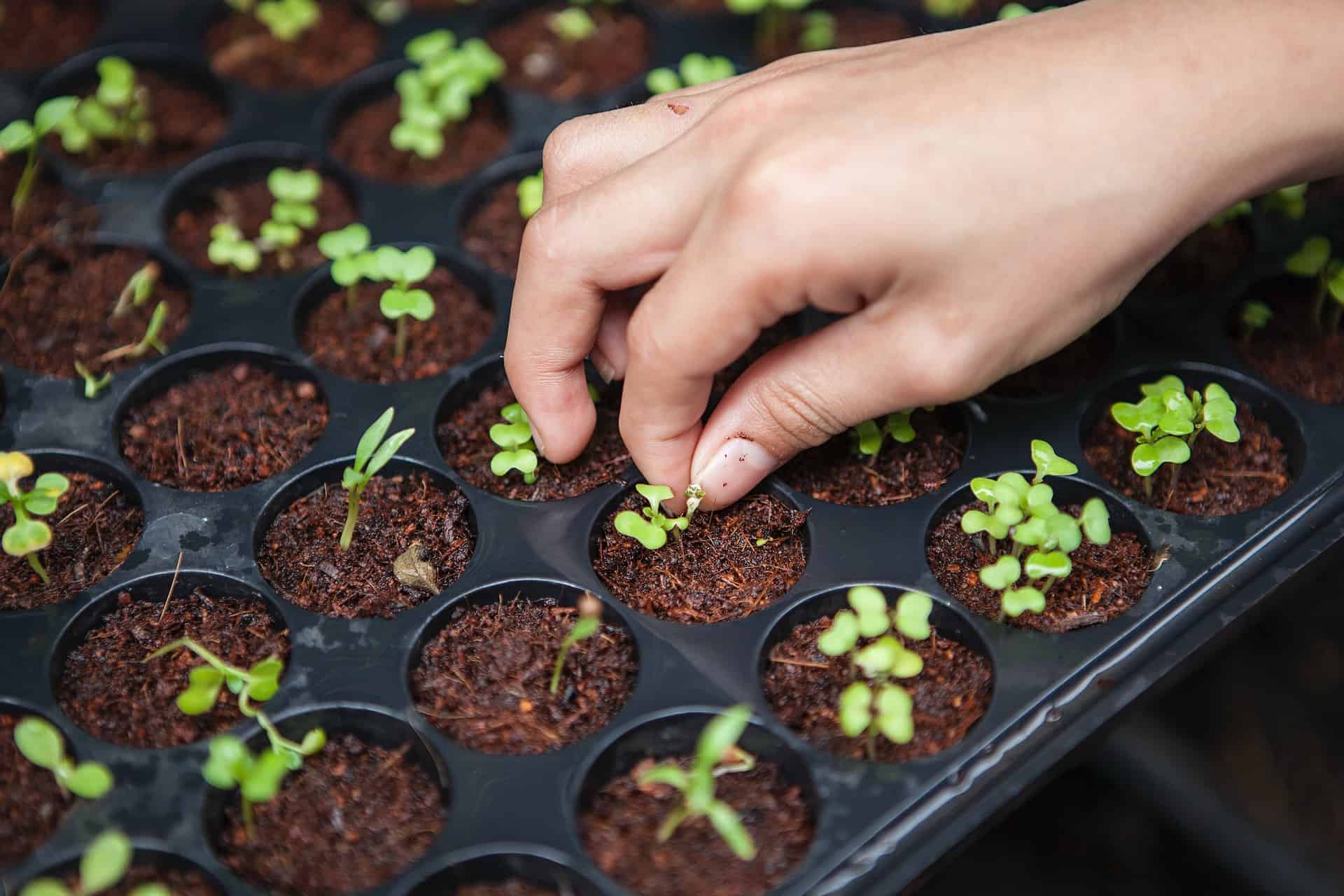
Since Dragon Wing Begonia’s seeds are tiny, it can be nearly impossible to plant individual seeds into containers. Therefore, before you pour the seed into a seed-starting tray, you may want to moisten the sterile seed starter mix. You can scatter the seeds on the mixture and use water to slightly spritz it to ensure the germination process have adequate moisture when it wants to begin.
You can easily sow Dragon Wing Begonias outdoors and are one of the most accessible varieties to grow. Start seeds indoors around six or eight weeks ahead of the eventual frost for the earliest blooms. The next step is to transplant your Dragon Wing Begonia to a partial place indoors or outdoors.
Wait for about 21 days to 28 days for your plant to germinate with full lighting. Then, press Dragon Wing Begonia seeds lightly and put them about 18-inches apart in well-drained, moist, and moderately fertile soil in full or partial shade.
How to Propagate Dragon Wing Begonia
As an annual, growers value Dragon Wing Begonia for its glossy foliage, colorful blooms, and the capability to bloom from the first frost in autumn to spring non-stop. Dragon Wing Begonia can reach about two to three feet and thrives in shade and sunlight when it matures.
Dragon Wing Begonia has tiny seeds, and you need to bury them when sown. Use little sand to mix them before sowing. Any standard germination medium will be suitable for sowing seeds trays. Ensure to have equal perlite and vermiculite parts and equal perlite and peat parts.
The seeds will settle perfectly with a bit of surface mist spray. Never put your propagating tray in direct sun and keep it in moist, warm conditions. Bright light with intermittent mist is a good idea.
Prick out the seedlings into about 6 cm to 8 cm small pots or cells. You can do this after the first three leaves have formed. The same pot for mature plants is also ideal for the potting mixture. The soluble fertilizer’s dilute applications will aid the seedlings every two weeks.
It will be necessary to repot in around six months. Use pots one size larger to pot the new plants as the root ball fill the container. With time, you can start treating them as mature Dragon Wing Begonias.
Propagating Dragon Wing Begonia Using Pruned Stem
Essentially, you can use the pruned stems to reproduce a new plant quickly instead of discarding them.
- Prepare a well-drained potting medium with a flower pot. The potting can be half peat and half perlite mixture or commercial potting mixture. Ensure that the bottom has a drainage hole.
- Use a spray bottle to moisten your potting medium. With that, the medium will not be saggy and evenly moist. Allow the potting medium to drain before planting your Dragon Wing Begonia seed if you have a damp potting medium.
- Ensure that you have four to six inches of the stem length measurement using garden pruners or a sharp knife when you cut it. The best place to cut is below a leaf node. A leaf or bud will grow from this protrusion from the stem.
- Eliminate the leaves from the stem’s bottom half.
- Put the stem’s bottom in powdered or liquid rooting hormone. The hormone can enhance the chances of your Dragon Wing Begonia rooting successfully, even though it is not entirely necessary.
- Use a pencil’s eraser end or a small stick to poke a hole in the mist potting medium.
- Plant the plant about one or two inches deep and let the potting mixture around the stem settle by misting it lightly.
- Put the container where the stem can be exposed to an indirect, bright light spot. Keep it off intense sunlight that can scorch your Dragon Wing Begonia.
- Keep the potting mixture moist slightly by watering as required.
- You can move your plant outdoors when there is a healthy new growth of the cutting.
Dragon Wing Begonia Growing Conditions
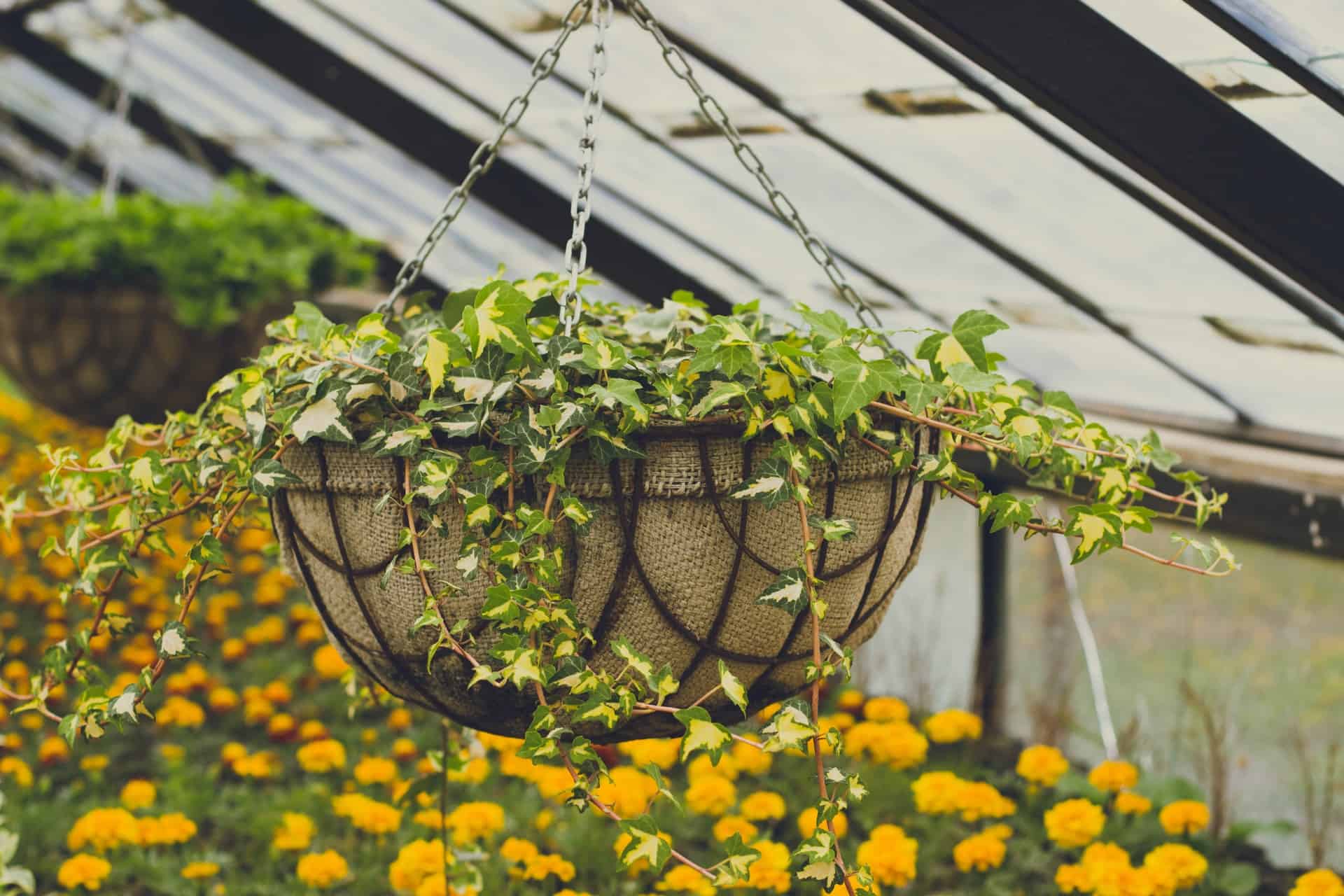
Dragon Wing Begonia has stunning, plentiful red flowers, and you can grow them in shade or sun. This plant can flower prolifically in both. They have sterile flowers that will continue to bloom with a vain hope of pollination, displaying a colorful show from frost to late spring.
As cane varieties, Dragon Wing Begonia has glossy, green, and dark leaves with mahogany. Growers grow this plant in hanging baskets, pots, and gardens. You can add a great feature to your indoor plants or patio with Dragon Wing Begonia. They are also perfect for edging plants at the front of beds or the drives when you plant them in the garden.
Dragon Wing Begonia needs protection from frosts since they tend to be half-hardy in gardens. Use well-drained, moist, and humus-rich soil to plant them. Keep moist and water during active growth for perfect flowering. You can also enhance bloom time in summer by adding some fertilizer. Essentially, Dragon Wing Begonia has no problem with humidity and heat.
Dragon Wing Begonia’s growing condition in pots requires a suitable quality potting mix. Apply diluted liquid fertilizer during summer and late spring.
It is good to give your plant some respite from the hot afternoon sun even though they can tolerate the sun in warm climates. The afternoon sun can scorch their leaves. Prepare yourself to water Dragon Wing Begonia more often in the sun. You may need to plant the tubers in pots or lift them in cold climates.
How to Plant Dragon Wing Begonia
Ensure to use good potting soil for your Dragon Wing Begonia if planting in a pot. Stick a hole in the pot after digging it. Ensure that you don’t use too much potting mix to cover the root ball top. If you intend to plant Dragon Wing Begonia in gardens, ensure to add some soil amendments after digging your hole, and then plant.
If it rains every few days, it will be enough to keep your Dragon Wing Begonia growing. However, your plant will stay healthy with regular watering if you are not getting any rain. This case is essential when you have your plant in containers on some covered location or under a roof.
There is a limit to which Dragon Wing Begonia can tolerate dry conditions. They will need some water at a point. Therefore, it is good to keep them moist all time. When you notice your plant drooping over more than expected, it means that you need to water them, and they will come back eventually without any problems. You will find one of the easiest Begonia plants to care for all the time in Dragon Wing Begonia.
Dragon Wing Begonia Potting & Soil
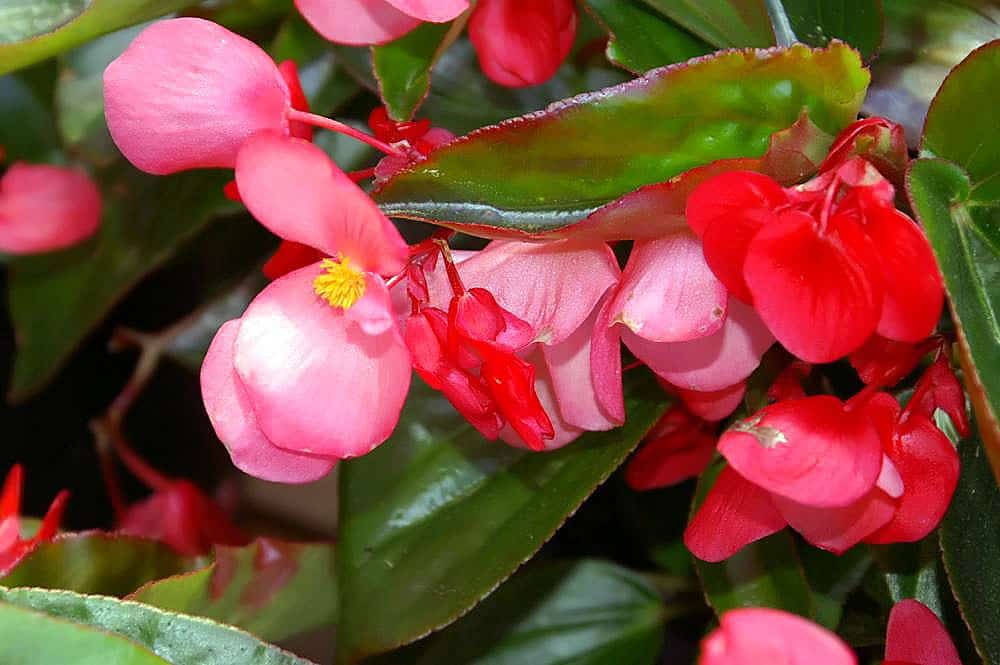
When potting your Dragon Wing Begonia, use a combination of coarse leaf mold compost and soil-based potting mixture or a peat-based mixture. Get extra drainage for the plant by placing shallow clay-pot fragment layers in the bottom of the pots.
Ensure that you move your Dragon Wing Begonia into larger pots till your plant reaches its maximum convenient pot size of about 15 to 20 cm. Thus, use the fresh potting mixture as an annual top dress. Sprinkle some mixture around the roots when you want to pot or repot your Dragon Wing Begonia. After that, let the mixture settle by tapping the container briskly. Never endeavor to firm down your plant with your fingers.
Wait till summer or spring before repotting. However, being pot-bound tends to be better off for this plant. You may have to deal with plant waterlog with too much soil around the roots, leading to root rot. Use clay pots because they are faster to dry out than plastic pots.
Free-draining humus-rich soil is more suitable for your Dragon Wing Begonia. The loamy and sandy soil of around 6.1 and 7.5 pH is recommended because Dragon Wing Begonia is a feebly alkaline soil, tender plant, and weakly acidic soil. Avoid using infertile, dry, or muddy sands. In addition, ensure to break up the current soil when preparing the garden.
Wait until you have loose soil by applying organic matter like garden compost, peat moss, and manure. With that, it will be easy to plant on the soil. Organic ingredients can help encourage earthworms and other organisms that keep the soil healthy, add nutrients and improve drainage.
Dragon Wing Begonia Water Requirements
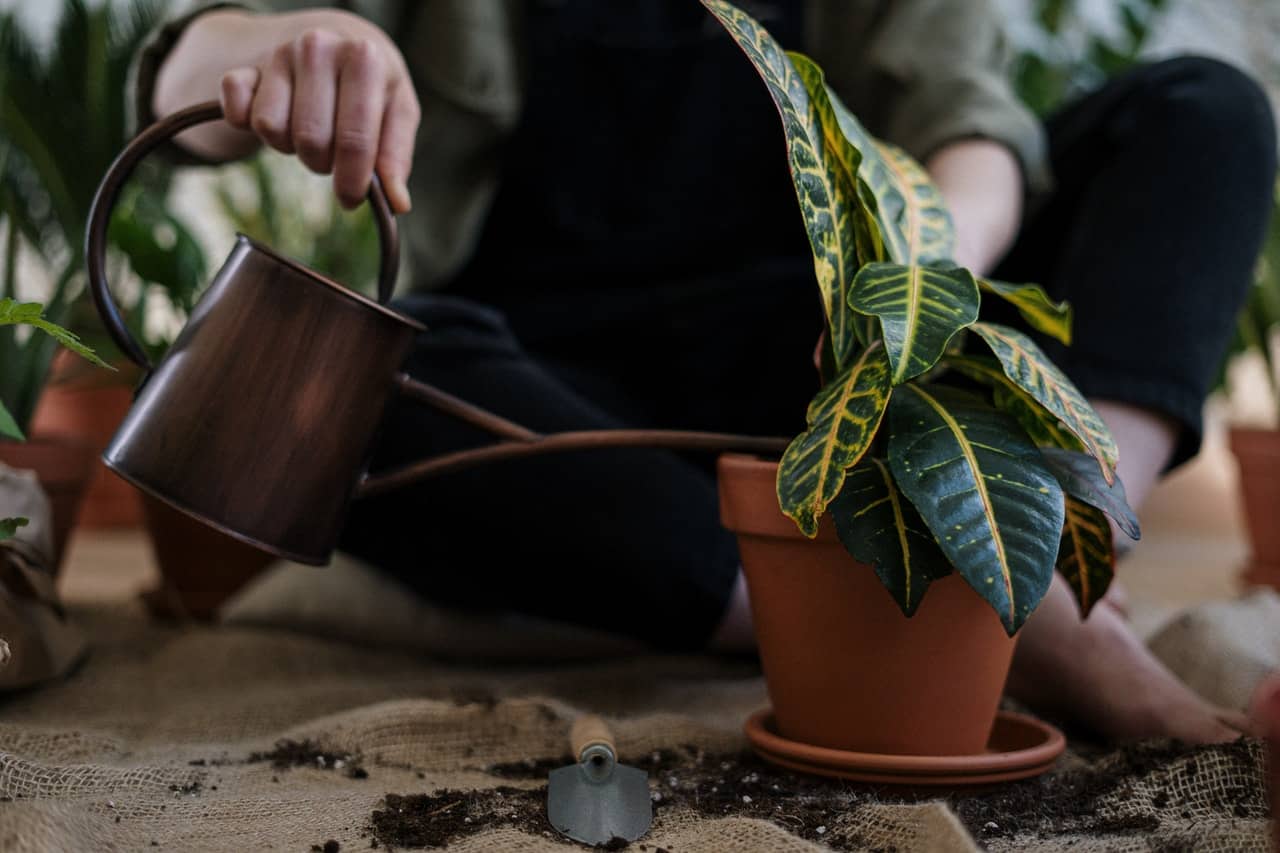
Watering Dragon Wing Begonia needs to be moderate. Too little or too much water will badly affect your plant’s flower and leave the production. It can even affect the plant’s general health. On the other hand, Dragon Wing Begonia can be susceptible to too much water.
You can water your plant when you notice that the surrounding soil is dry. However, don’t let it be drenched. Avoid dousing it and use drip irrigation practices instead.
Ultimately, you can see your Dragon Wing Begonia shedding buds and leaves or flowers when you overwater, which can also harm the plant. Likewise, proper vital minerals and nutrients will not pass to the rest of the plant through the root system when Dragon Wing Begonia does not receive enough water.
With that, its health will deteriorate. When watered, your wilted plant can recover eventually. On the other hand, the plant can die when overwatered. Dragon Wing Begonia can be drought tender, and it will require watering when the soil is dry. With excellent drainage, watering Dragon Wing Begonia once a week is enough to have barely moist soil.
Dragon Wing Begonia Light Requirements
Dragon Wing Begonia does not require direct sunlight and needs bright light to form excellent foliage. Their best position is a bright west or east window. Bright light will promote good flower development and intensify the leaf colorations. Dragon Wing Begonia prefers partial shade for lead scorch prevention when taken outside for the summer.
As Begonia hybrid species, Dragon Wing Begonia will continue to add color to the landscape and bloom even during blazing temperatures since it is heat-tolerant. However, it is winter hardy to USDA hardiness zone nine to eleven as it cannot tolerate much cold.
Experts recommend digging up your Dragon Wing Begonia before the frost season starts or bring the pots indoors. The winter season should see you storing your Dragon Wing Begonia in a dormant condition in a dry and cool place.
You may want to provide a partial shade for your plant when the temperature is relatively high, even though Dragon Wing Begonia can handle shade or sun easily. Any place with protection from strong winds, excellent air circulation, and some afternoon shade will be relatively perfect for your Dragon Wing Begonia.
Essentially, full sun can affect the plant’s flowering, even though it can handle or tolerate full sun. However, when it gets bright sunlight year-round, the hybrid Dragon Wing Begonia can produce more flowers and grow best.
Best Dragon Wing Begonia Fertilizers
It is essential to fertilize your plant when it comes to Dragon Wing Begonia. Use liquid fertilizer for your plant once a month, from spring to autumn. Otherwise, you may have excessive cane growth to deal with when you fertilize more often than this.
Best Dragon Wing Begonia Companion Plantings
Dragon Wing Begonia and Swiss Chard

As an ornamental edible, Swiss chard is in between kale and spinach in the spectrum of greens. It is not as tough as kale and not as tender as spinach. You can saute Swiss chard in some olive oil in a few minutes, like spinach. It has tough stems.
Light Requirements
The plant can tolerate partial sun. However, the plant can grow well in full sun.
Soil Requirements
Swiss chard thrives well with rich and well-draining soil. Ensure to mix the soil with compost before planting.
Water Requirements
With an even supply of water, Swiss chard can do well, like all vegetables. Water the plant for one to one-and-half inches of water a week if it doesn’t rain. You can use a garden rain gauge to measure the amount of water.
Pros
- Suitable for a healthy liver
- Prevents glaucoma and cataracts
- Good for eyes
- Healthy bones
- Treats anemia
- Reduces CVD and blood pressure
Cons
- Allergy
- Blood clotting
- Kidney stone
Dragon Wing Begonia and Lacinato Kale
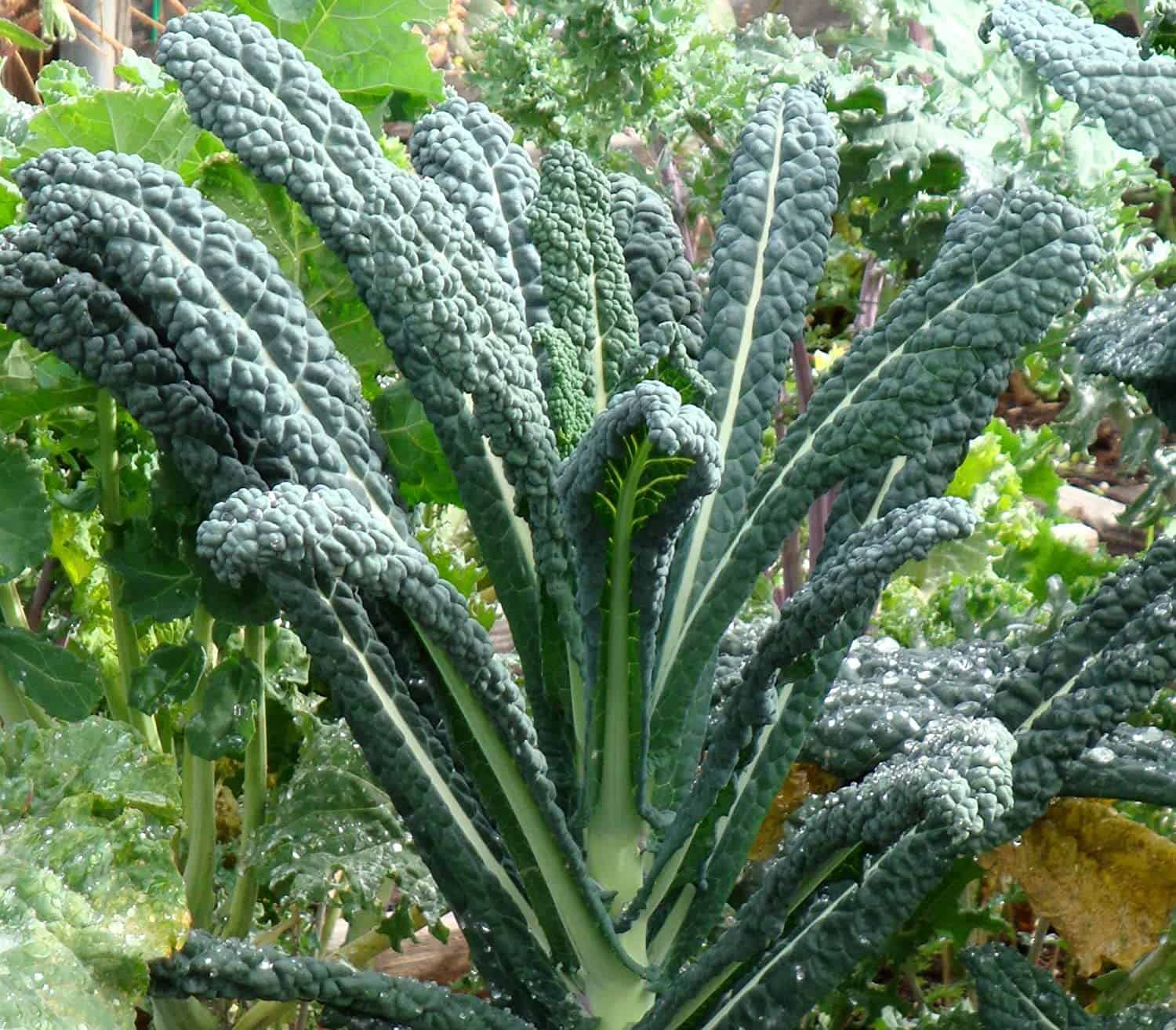
Lacinato kale is called cavolo nero or Tuscan kale and has a dark green leafy vegetable. It has lush variety, with palm-like, long fronds as a cabbage family. Its fronds can grow up to about three feet long. It also has distinctive ribs like other kale varieties.
Light Requirements
While lacinato kale can thrive well in heavy shade, it prefers full sun.
Soil Requirements
This plant requires well-drained soil and soil fertilizer as a leafy green.
Water Requirements
Grow it with around one inch of water a week. You can increase the amount during hot weather.
Pros
- The plant works to eliminate bile acids
- Reduces glaucoma risk
- It offers a massive boost of antioxidants
- Improves cholesterols levels
- Improves immune system function
Cons
- The plant can cause thyroid issues if taken too much in raw form.
Dragon Wing Begonia and Sweet Potato Vine
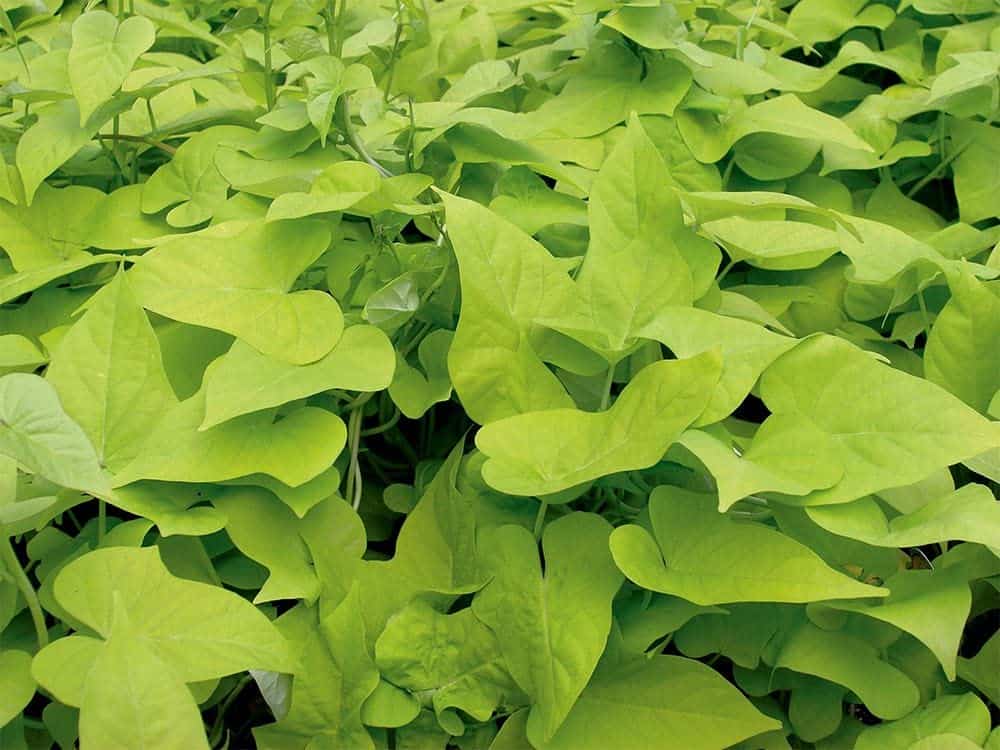
As an ornamental warm-season annual, you can grow sweet potato vine with your Dragon Wing Begonia due to its vining habit and attractive leaves. Its vigorous vine can reach about ten feet long. Many growers grow this plant as a trailing accent in pots.
Light Requirements
While sweet potato vine loves the sun, the plant thrives well in partial or complete shade.
Soil Requirements
Well-drained, moist soil is perfect for the plant.
Water Requirements
As a drought-tolerant plant, the sweet potato vine can grow well when watered frequently. However, growers must not overwater the plant and keep the soil consistently moist by watering enough.
Pros
- The plant makes attractive patio plant
- A distinct shape leaves consisting of many pointed lobes
- Deer resistant
- Bold leaves of dark purple, red, and light green
- Quick growing annual vine with lovely foliage
Cons
- The plant is vulnerable to pests and diseases
- Root rot can be hard to diagnose and control
Dragon Wing Begonia Diseases and Common Problems
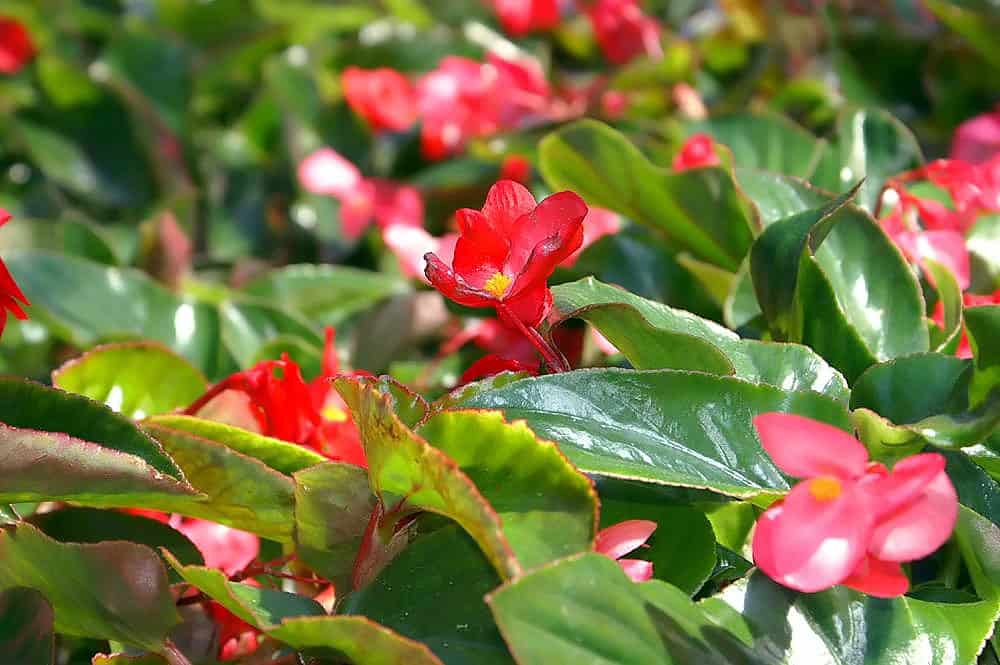
One of the common issues with Dragon Wing Begonia is that it can lose its vigor in around four to five years. So, the best thing to do is take the plant’s stem cuttings in the summer or spring and create new healthy plants when you notice that your Dragon Wing Begonia is losing its vigor.
When it comes to diseases, nematodes can infect your plant. This disease type is a soil-dwelling plant parasite that is not easy to treat. However, you can control nematodes using products from some garden shops. Mothballs are one of the home remedies for these pests. You can eliminate the problems by watering the soil surface of your plant with mothballs.
Aphids and mealybugs can be on foliage, and you have to watch out for them. Use alcohol-soaked cotton swabs to control this issue. Do this every five days until you notice that you have solved the problem. Never control pests on your Dragon Wing Begonia using oil sprays.
If you have too crowded plants, fungal disorders can happen. Fungal conditions can also occur if your plant has poor air circulation or you water from overhead.
There can be yellow halo spots on the leaves. A bacterial leaf spot is the cause of this condition. Ensure to increase air circulation and remove affected leaves. Infected winter-blooming has these diseases throughout their system, and you can do well to discard them.
Botrytis is a fungal disease that causes plant base rot or trans spots on a plant’s leaves. It is a common disease with rooted cuttings. The best way to prevent it is to use a pathogen-free, clean medium. Start new plants using clean stem tip cuttings after discarding affected plants.
Overwatering is another common issue with Dragon Wing Begonia. Doing this can lead to your plant’s leaves falling off or turning brown or yellow. Instead, use clay pots to keep your plant. Ensure that you water your Dragon Wing Begonia when the potting mixture is dry. Oversized containers and excellent conditions tend to contribute to this issue.
Dragon Wing Begonia Treatments and Maintenance
There are some critical guidelines to consider when bringing your Dragon Wing Begonia indoors from an outdoor garden area. First, ensure that the plant is free of disease or insects before getting it in for the winter. Many growers find indoor conditions quite stressful. As such, your Dragon Wing Begonia can be prone to diseases and insects.
Inspect Dragon Wing Begonia pretty well before bringing it in for the winter. This inspection will save you any issues your plant may have later in the winter when you need to avoid using chemicals indoors. Generally, indoor conditions tend to be lower light than outdoors.
Therefore, your plant can adjust to lower light levels. But it can be easy for them sometimes. Another time, the plant may grow new leaves after dropping their leaves. The fresh leaves will adapt better to the interior conditions.
Essentially, you will have some leave dropping until it becomes established again. When you bring your Dragon Wing Begonia indoors, it will need bright filtered light. You can also grow the plant in full sun. However, exposing your plant to the bright sun can burn it if you grow it in the shade before.
Because of your heating system, your house interior can be arid too. The heating system can eliminate water from the air when heating the interior air. Proving a humidity source for your Dragon Wing Begonia will make life easier for it. Some growers mist their indoor plants, and it lasts for a short time even though it helps the plant.
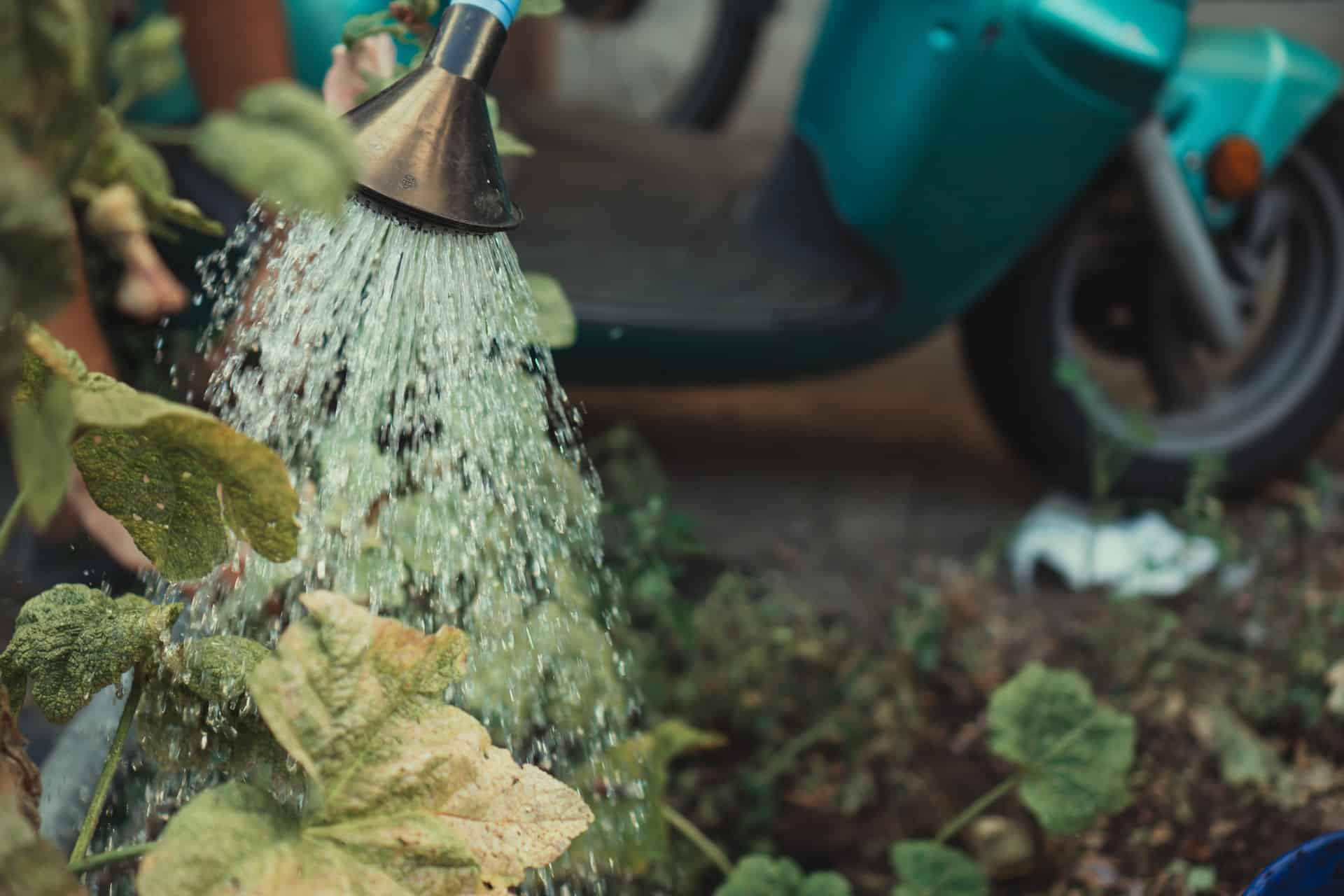
A pebble tray under Dragon Wing Begonia will give you a better long-term solution. With that, you can add water as it evaporates to keep the humidity higher around the indoor flowers. As a container, a pebble tray will hold water you fill with the pebbles. As such, your Dragon Wing Begonia will not be on the water but the pebbles. You will then have a small greenhouse effect as water evaporates around your plant.
Where to Buy Dragon Wing Begonia Seeds Online
You can buy your Dragon Wing Begonia seeds online at:
Where to Mature Buy Dragon Wing Begonia Online
You can buy Dragon Wing Begonia online at:
FAQs
Question: Are Dragon Wing and Angel Wing Begonias the same?
Answer: This plant has drooping clusters of flowers and 5-inch long, glossy-green, and deep leaves. This plant is about two to three-foot-tall. Angel Wing Begonia is available in white, pink, and red and has white spots with green leaves.
Question: Do Dragon Wing Begonia like sun or shade?
Answer: Dragon Wing Begonia blooms to frost from late spring. The plant grows to bushy mounds of about 12 to 18-inches tall. It prefers well-drained, moist, rich, light soils with partial light and shade. However, it can tolerate full shade.
Question: How can you take care of a Dragon Wing Begonia?
Answer: Dragon Wing Begonia thrives well in well-drained, moist soil, even though it can withstand dry conditions. It gets thirstier when it gets more sun. Therefore, ensure you feed your plant using a liquid fertilizer every two weeks. It also means more fertilizer and water when you notice red at the leaf edges.

